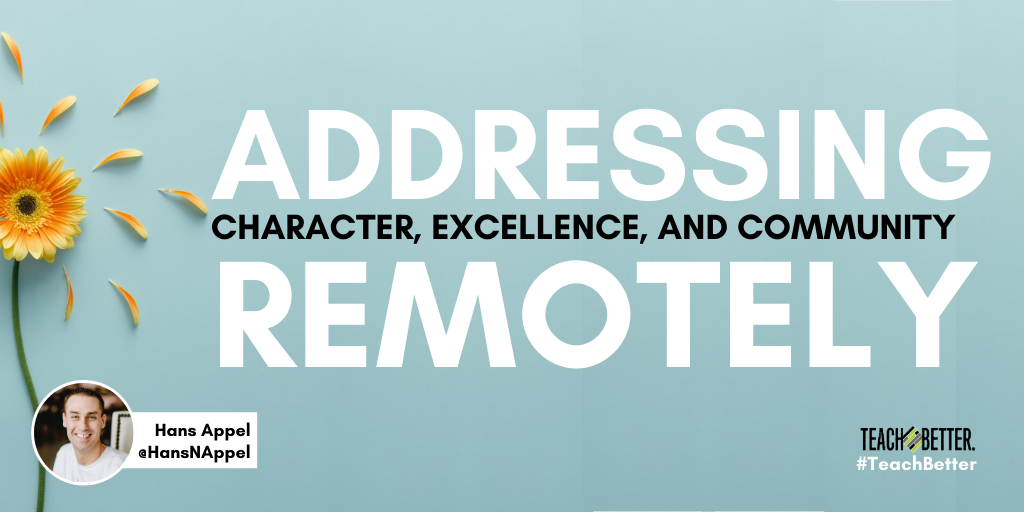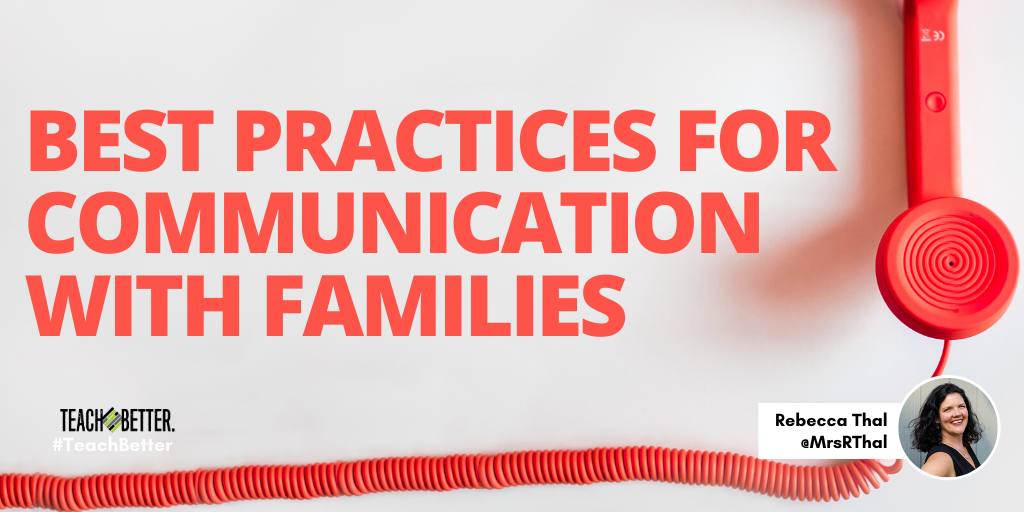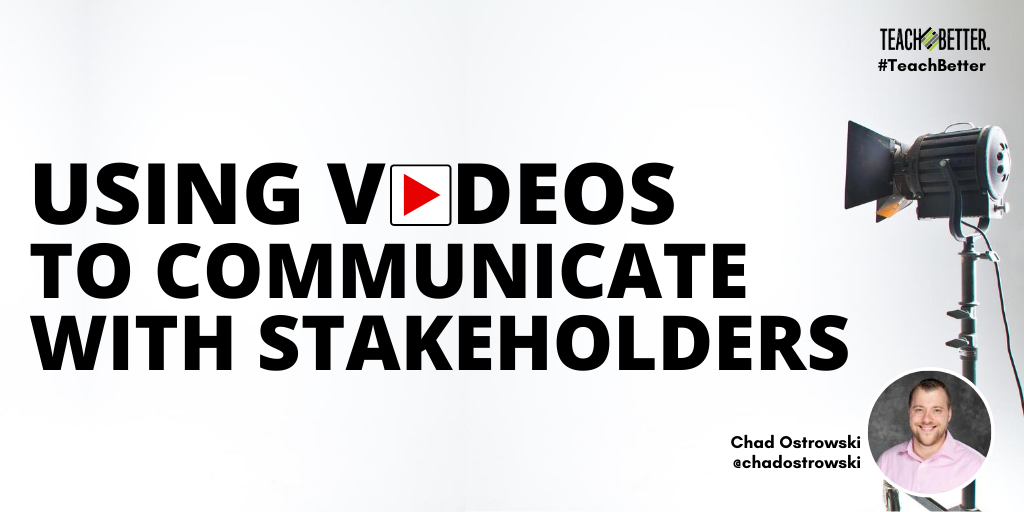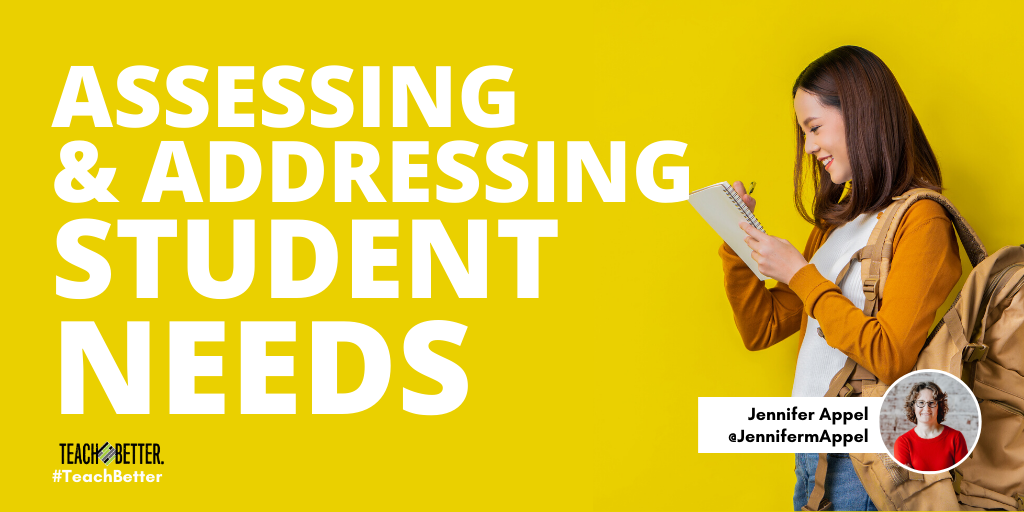TL;DR: Addressing character, excellence, and community with your students is a necessary part of education that should not be forgotten in a virtual setting. Strategies for addressing character, excellence, and community remotely include modeling appropriate character for our students, providing opportunities for student empowerment, and being there for one another. “Culture eats strategy for breakfast” – Peter Drucker. When wading … Read More
Best Practices for Communicating with Families
TL;DR: Strategies for best communication practices, including being proactive, making time for what’s important, keeping it simple, and being consistent. Using ClassDojo, ClassTag, SeeSaw, Remind, emails, phone calls, notes, postcards, and social media as tools to communicate and stay connected with families. Now more than ever, parents and teachers need to work as a team for the benefit of our … Read More
Using Videos To Communicate with Stakeholders
TL;DR: Using videos to communicate with stakeholders is an underused tool that provides many benefits! You can record and edit videos easily on your smartphone, and share with stakeholders by posting on your LMS, social media, or even sending a letter with a QR code link to the file. Don’t spend too much time making your videos perfect; just be … Read More
Tools for Digital Communication with Students and Families
TL;DR: Communicating with students and their families is necessary to fully support students. Tools for digital communication include Remind, Google Classroom, emails, Seesaw, Flipgrid, Google Meet, ClassDojo, ClassTag, and more! When we think about a normal school day, we as teachers spend hours each day with our students. Then our students go home and spend hours with their families. This … Read More
Assessing and Addressing Student Needs
TL;DR: 3 steps to ensure we are addressing the needs of our students, including tips for assessing the situation, coming up with a plan, and re-evaluating. Assessing where our new students are using a Google form, and using that information to meet their individual social and emotional needs. I LOVE the first day of school. It is something that I … Read More





